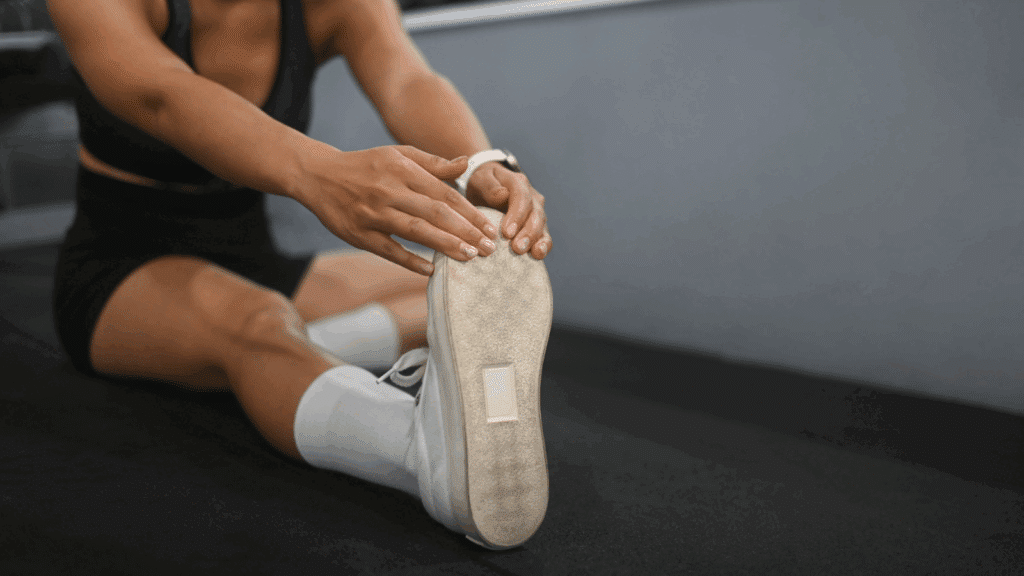Whether you’re an athlete, fitness enthusiast, or enjoy staying active, stretching plays a key role in keeping your body safe. It helps maintain flexibility, supports joint health, and prepares the muscles for physical activity, all important factors in avoiding injuries.

Why Stretching Matters
Regular stretching keeps muscles long, lean, and flexible, which means that exertion won’t put too much force on the muscle itself. Tight muscles are more prone to strains, pulls, and joint stress, especially when pushed beyond their current range. By stretching regularly, you give your muscles and tendons a better chance at staying healthy and resilient.
Reference: merriam-webster.com/dictionary/tendon
Reducing the Risk of Common Injuries
Many common injuries, like pulled hamstrings, lower back strain, or sprained joints, often happen when muscles are tight and the body is forced into motion too quickly. Incorporating stretching into your routine can help:
- Increase your range of motion
- Improve balance and coordination
- Decrease muscle stiffness
- Support proper posture and alignment
When and How to Stretch
Static stretching (holding a stretch for 20–30 seconds) is best used after a workout, when muscles are warm. Dynamic stretching (moving through a range of motion) is better before activity, helping to prepare your body for movement.
Consistency is more important than intensity. Gentle, daily stretching helps condition your body and reduce injury risk over time.
Listen to Your Body
Stretching shouldn’t hurt.. If something feels sharp or uncomfortable, stop and reassess. Working with a physical therapist or movement specialist can also help you identify which areas need the most attention.
Stay Safe While Being Active
At Peake Movement, prevention starts with preparation. Stretching is a simple, effective habit supporting long-term health and performance. Whether preparing for a workout or winding down from one, make stretching a part of your daily routine. Contact the Peake Movement team to schedule a session with one of our movement specialists.
